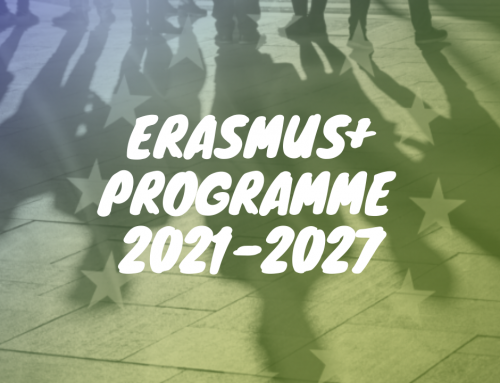1. SPACED PRACTICE
Spaced practice puts forward the idea the same amount of restudying of the same information spaced out over time will lead to greater retention of subject content knowledge in the long-term.
For example, whilst studying aspects of personality, students can block off time to study and restudy key concepts such as trait perspective, social learning perspective and interactionist perspective on multiple days before an exam, rather than repeatedly studying these concepts right before the exam.
A typical study schedule might consist of the trait perspective of personality on Monday, the social learning approach on Wednesday and the interactionist perspective on Friday.
2. INTERLEAVING
Interleaving occurs when different ideas are tackled in a sequence, as opposed to the more common method of attempting multiple versions of the same problem in a given study session.
For example, the triadic model suggests than an attitude is made up of three components: cognitive, affective and behavioural. After studying each component for a few minutes, students can switch to attitude formation and then to changing attitudes.
Next time, students can study the three in a different order, noting what new connections they can make between them.
3. RETRIEVAL PRACTICE
If we think of our memories as libraries of information, then it may seem surprising that retrieval (which happens when we take a test) improves memory; however, we know from a century of research that retrieving knowledge actually strengthens it.
When learning about inverted-U theory, students can practice writing out that as arousal increases, so does performance quality, up to an optimum point at moderate arousal. After this, performance quality decreases as a result of over-arousal.
4. ELABORATION
Elaboration involves connecting new information to pre-existing knowledge. By connecting and integrating the to-be-learned information with other concepts in memory, students can increase the extent to which the ideas are organised in their minds.
For example, whilst studying types of anxiety, students can ask and explain somatic anxiety, cognitive anxiety, competitive trait anxiety and competitive state anxiety.
5. CONCRETE EXAMPLES
Providing supporting information can improve the learning of key ideas and concepts. Specifically, using concrete examples to supplement content that is more conceptual in nature can make the ideas easier to understand and remember.
For example, whilst studying theories of aggression, students can imagine the following example to explain instinct theory: a fort.
As humans, we have a natural trait or predisposition to be aggressive. It is genetically determined and we are born with a tendency to defend ourselves and, in sport, our territory. Thus, concrete examples can take advantage of the superior memorability of pictures relative to words.
6. DUAL CODING
It is well-understood that more information can be conveyed through a simple illustration than through several paragraphs of text, ‘…a picture is worth a thousand words.’ In addition to being able to convey information more succinctly, pictures are also more memorable than words.
For example, whilst studying social facilitation and inhibition, students can draw Zajonc’s model. Zajonc suggested that four types of ‘others’ may be present during the performance, and these can be categorised as passive or interactive.






